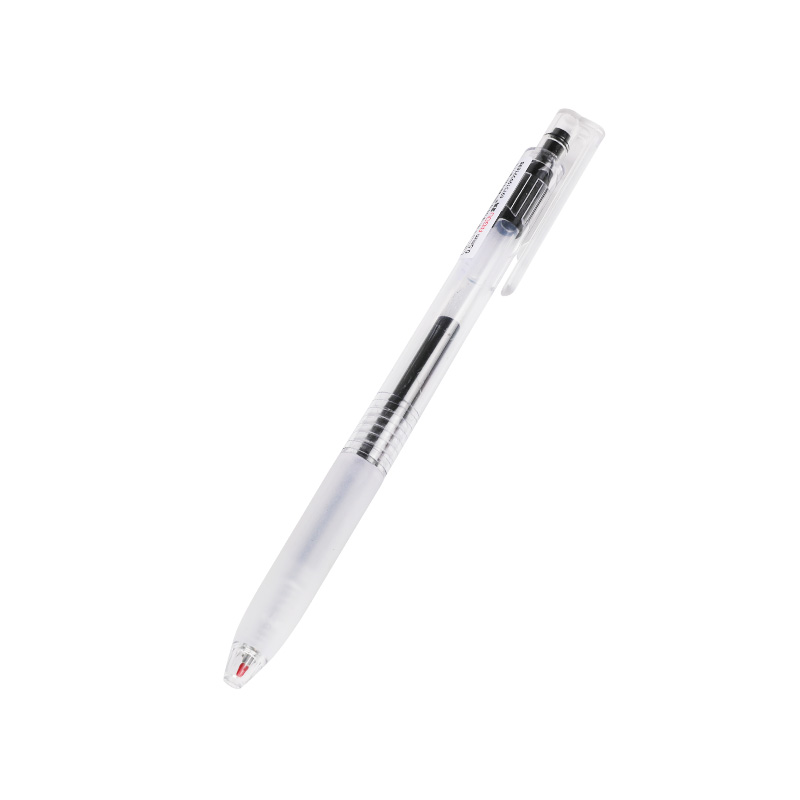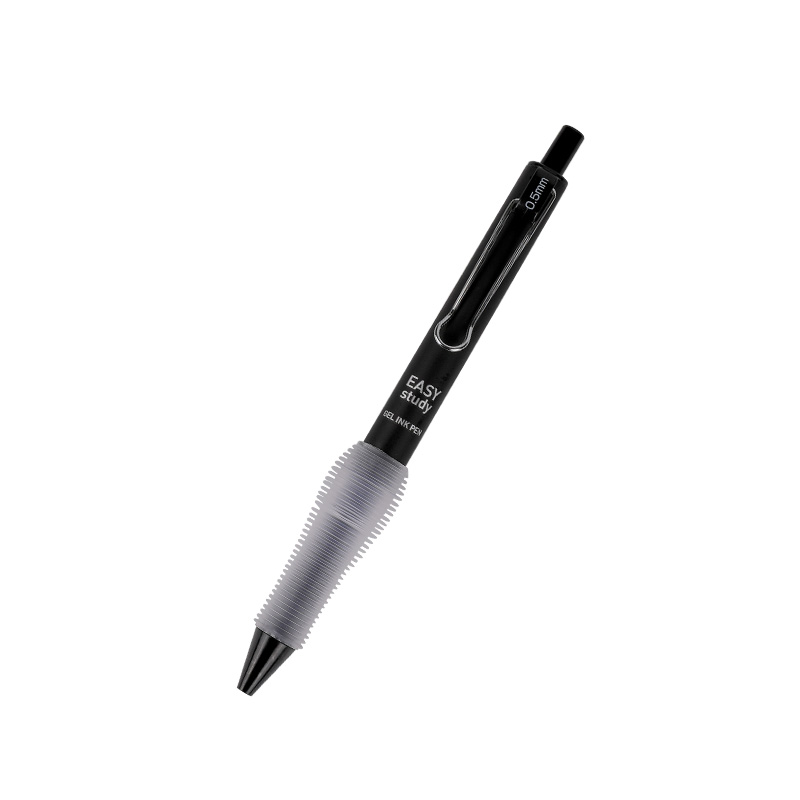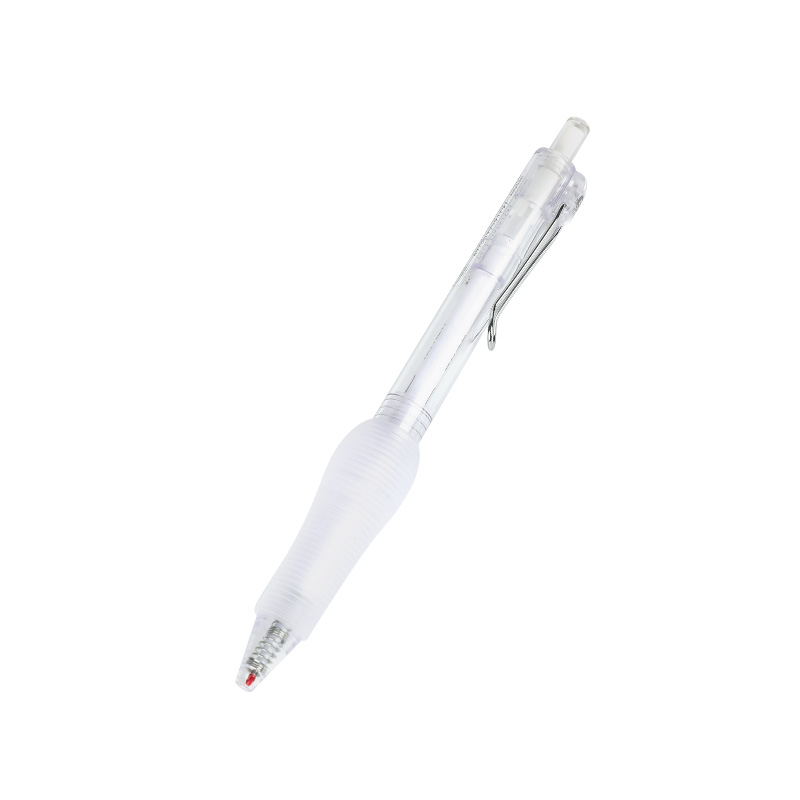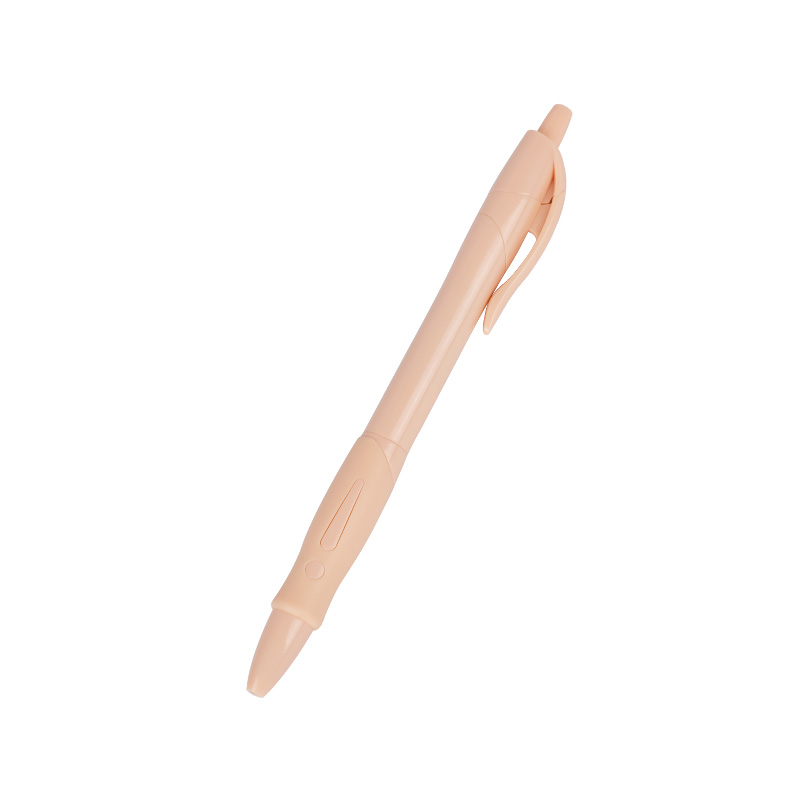How Color Pens Are Redefining Creativity in the Modern Age?
China Whiteboard Color Pen Supplier
In an era dominated by digital screens and fleeting interactions, the humble color pen has emerged as an unexpected hero in the pursuit of authentic creativity. Far from being relegated to childhood art projects, these vibrant tools are now bridging gaps between generations, industries, and cultures. From corporate boardrooms to elementary classrooms, color pens are proving that analog creativity remains not just relevant, but essential in our increasingly virtual world.
The Science Behind Chromatic Inspiration
Recent studies in cognitive psychology reveal what artists have always known: color stimulates neural pathways associated with innovation. When individuals use color pens to brainstorm ideas or visualize concepts, brain imaging shows heightened activity in regions linked to problem-solving and emotional processing. Dr. Elena Marquez, a neuroscientist at Oxford University, explains: "The tactile experience of selecting different hues from a color pen set creates micro-moments of decision-making that sharpen focus and enhance memory retention."
This scientific validation has led to surprising adoptions. Tech giants like Google and Adobe now stock workstations with premium color pen sets, encouraging employees to sketch wireframes and mind maps by hand before digital execution. "Our design team's color pen sessions have reduced revision cycles by 40%," reports Mia Tanaka, creative director at a Silicon Valley startup. "There's an irreplaceable fluidity when ideas flow through ink rather than pixels."
Educational Ecosystems Transformed
In classrooms across Scandinavia, educators are pioneering "chromatic learning" methodologies. Third-grade teacher Lukas Bergström describes his Stockholm classroom: "Each child maintains a color-coded journal using specific color pens for different subjects—blue for math equations, green for nature observations, red for historical timelines. The system improves organizational skills while making learning visually engaging."
This approach shows particular promise in special education. Occupational therapists find that children with ADHD demonstrate improved concentration when using color pens for note-taking. The act of physically switching between colors creates natural pacing that helps maintain focus, while the visual hierarchy aids information recall during exams.
The Corporate Chromatic Revolution
Beyond creative departments, color pens are infiltrating unexpected professional territories. Financial analysts at JP Morgan Chase recently began using color-coded annotation systems in printed reports. "A black-and-white spreadsheet tells a story," says senior analyst Raj Patel. "But when we mark emerging trends with orange color pens and risks with deep purple, patterns leap off the page during client presentations."
Even traditional industries are embracing the shift. Kyoto-based calligrapher Akira Yamamoto collaborates with Pilot Corporation to develop specialized color pens that preserve the elegance of Japanese brushwork while offering modern convenience. "These aren't mere writing tools," Yamamoto insists. "Each color pen becomes an extension of the artist's breath, allowing traditional artforms to converse with contemporary audiences."
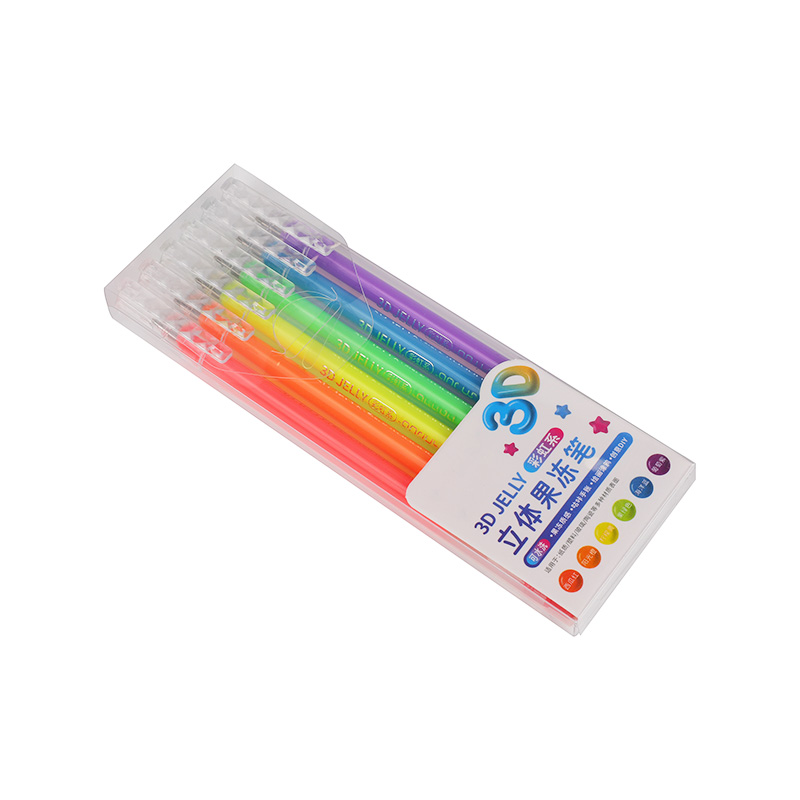
Sustainable Innovation in Pigment Technology
As demand grows, manufacturers face the challenge of merging vibrancy with environmental responsibility. Swiss stationery brand Caran d'Ache recently unveiled their "EcoSoul" line—color pens featuring barrels made from recycled ocean plastic and plant-based inks. "We've achieved 98% color equivalency to petroleum-based pigments," claims chemist Isabelle Dupont. "When consumers choose these color pens, they're voting for both artistic expression and ecological preservation."
This green revolution extends to packaging. German manufacturer Faber-Castell now ships their professional-grade color pen sets in plantable seed paper boxes. "After using the last color pen," explains sustainability officer Hans Weber, "the packaging can be buried to grow wildflowers—a symbolic cycle of creation."
Cultural Resurgence Through Pigmented Lines
In urban centers from São Paulo to Seoul, color pens have become unlikely symbols of cultural preservation. Brazilian street artist Tânia Costa coordinates community murals where elders sketch traditional patterns with color pens, which youth then scale up into building-sized paintings. "The color pen acts as a bridge," Costa observes. "Its familiarity makes elders comfortable sharing knowledge, while its precision helps young artists capture intricate details."
Meanwhile, Seoul's "Ink & Heritage" initiative employs color pens in documenting endangered crafts. Apprentices use specialized archival color pens to create illustrated manuals of vanishing techniques like hanji papermaking. Project director Min-ji Park notes: "Digital photos can't capture the texture gradients that our color pen illustrations preserve. Future artisans will learn from these pages."
The Therapeutic Stroke
Mental health professionals increasingly prescribe "chromatic journaling" using color pens as adjunct therapy. Los Angeles-based psychologist Dr. Olivia Bennett explains: "Assigning emotions to specific colors—navy for anxiety, gold for hope—helps patients externalize abstract feelings. Over time, their color pen choices provide visual progress maps of emotional journeys."
Hospitals worldwide are adopting similar approaches. At Boston Children's Hospital, young patients design "bravery badges" with color pens before surgeries. "Choosing whether to outline their badge in fiery red or calming teal gives them agency in frightening situations," says child life specialist Maria Gonzalez. "The physical artifact then becomes a talisman of courage."
Future Horizons in Analog-Digital Fusion
Forward-thinking engineers are blending color pen traditions with cutting-edge tech. Startups like ChromaLink have developed smart paper that digitizes color pen artwork in real-time, while preserving the original's texture through 3D scanning. "Artists can finally sketch freely with their favorite color pens," says CEO Amir Khouri, "knowing their work automatically becomes an editable vector file."
Meanwhile, Parisian luxury brand Hermès has partnered with MIT researchers to create "Timeless Ink"—color pen formulations designed to endure for centuries. "Future historians will study these marks," predicts conservation scientist Élodie Rousseau, "seeing exactly what the artist saw, with no fading or discoloration."
As our world accelerates into an uncertain future, the color pen stands as both anchor and compass—a tool that grounds us in physical reality while charting paths to innovation. Its enduring relevance reminds us that human creativity thrives not in choosing between analog and digital, but in weaving them together through strokes of intention and bursts of chromatic brilliance. From children's scribbles to architectural blueprints that shape skylines, these humble instruments continue to prove that some revolutions aren't fought with loud proclamations, but whispered through the vibrant scratch of pigment meeting paper.

